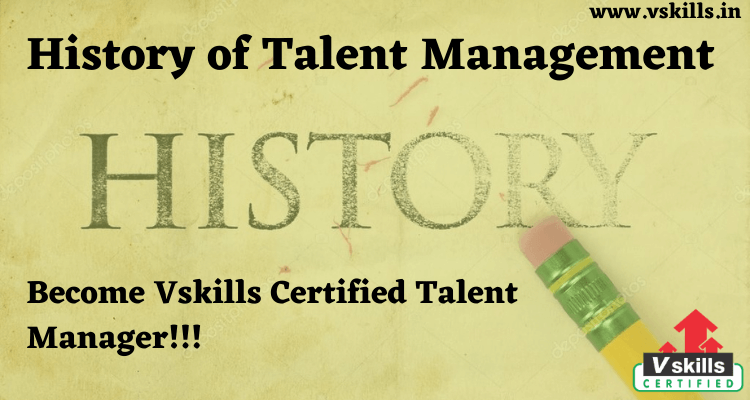History of Talent Management– The term was coined by McKinsey & Company following a 1997 study. It was later the title of a book by Ed Michaels, Helen Handfield-Jones, and Beth Axelrod however the connection between human resource development and organizational effectiveness has been established since the 1970s.
The profession that supports talent management became increasingly formalized in the early 2000s. While some authors defined the field as including nearly everything associated with human resources, the NTMN defined the boundaries of the field through surveys of those in corporate talent management departments in 2009–2011. Those surveys indicated that activities within talent management included succession planning, assessment, development and high potential management. Activities such as performance management and talent acquisition (recruiting) were less frequently included in the remit of corporate talent management practitioners. Compensation was not a function associated with talent management.
The issue with many companies today is that their organizations put tremendous effort into attracting employees to their company, but spend little time into retaining and developing talent. A talent management system must be worked into the business strategy and implemented in daily processes throughout the company as a whole. It cannot be left solely to the human resources department to attract and retain employees, but rather must be practiced at all levels of the organization. The business strategy must include responsibilities for line managers to develop the skills of their immediate subordinates. Divisions within the company should be openly sharing information with other departments in order for employees to gain knowledge of the overall organizational objectives.
The talent management strategy may be supported by technology such as HRIS (HR Information Systems) or HRMS (HR Management Systems). Learn the “History of Talent Management” and try the free practice test!



